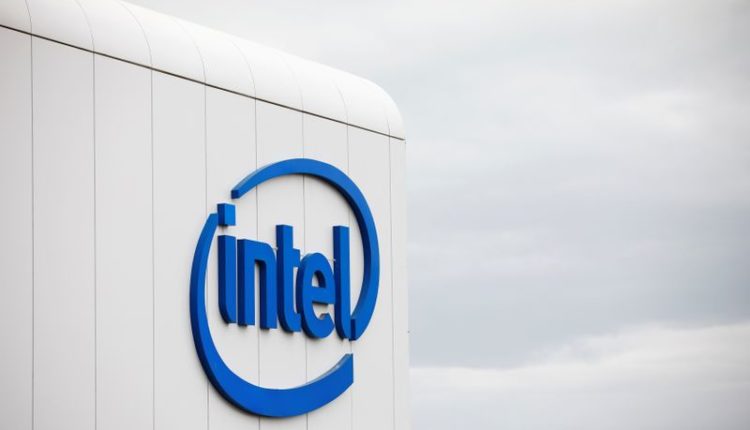Coronavirus clouds Intel outlook, despite short-term bump from PC buying
By Stephen Nellis and Munsif Vengattil
(Reuters) – Intel Corp (O:INTC) on Thursday forecast second-quarter earnings below Wall Street views as it cited the cost of readying a new PC chip and said it could not make a forecast for the full year because of economic uncertainty caused by the coronavirus pandemic.
Intel’s shares fell 6% in extended trading, as executives tried to brace investors for the possibility that a short-term bump in demand for its processor chips from cloud computing centers and locked-at-home consumers buying PCs could become a slump if the economy enters recession.
“It’s really hard to think about the second half in terms of how demand is going to look compared to what we ultimately thought when we first gave guidance,” Chief Financial Officer George Davis told investors on a conference call.
The COVID-19 pandemic has ripped through the semiconductor industry, disrupting operations as lockdown orders hit countries in the chip supply chain such as Malaysia, where chip operations were eventually allowed to resume but suffered disruptions.
Intel Chief Executive Bob Swan said the company had to “temporarily pause” some projects due to local government restrictions at some sites, but said Intel’s factories largely have been able to meet demand.
In an interview with Reuters, Davis said stay-at-home orders around the world drove higher demand for Intel’s chips during the first quarter. Demand for PCs also rose, Davis said.
There was increased demand for data center chips “as people tried to make sure their infrastructure could match the requirements of having so many of their employees working remotely. And obviously with the cloud, there’s much more activity on the cloud.”
But Davis said Intel expects lower gross margins in the second quarter because of the costs of readying its “Tiger Lake” 10-nanonmeter processors for the PC market. Intel plans to sell those chips starting in the third quarter. The costs drove Intel’s profit forecast for the quarter below Wall Street expectations, he said.
The costs would not effect the margin for the full year, Davis said, because Intel would be able to sell the chips at high margins in the third quarter as the costs of readying them would already have been accounted for in the second quarter.
“Given the timing of when the product is releasing, it just has a very big impact in one quarter. That explains more than the difference with consensus on EPS,” Davis said.
But Intel’s ability to recoup the money it is investing in the Tiger Lake chips in the second quarter depends on its ability to sell them in the third-quarter and beyond. Intel executives said the chip is likely to be included in 50 different laptops that will go on sale during the 2020 holiday shopping season but they declined to forecast sales that far ahead.
Intel’s tepid forecast also weighed on shares of other chipmakers. Nvidia Corp (O:NVDA), Micron Technology (O:MU), Applied Materials (O:AMAT), and Advanced Micro Devices (O:AMD) fell between 1% and 2% after the bell.
Intel expects second-quarter adjusted profit of $1.10 per share, compared to analysts’ average estimate of $1.19 per share, according to IBES data from Refinitiv. (https://
Revenue in Intel’s client computing business, which caters to PC makers and is the biggest contributor to sales, rose 14% to $9.8 billion during the first quarter, beating FactSet estimates of $9.34 billion.
Intel’s higher-margin data center business reported revenue that surged 43% to $7 billion, while analysts on average had expected revenue of $6.32 billion, according to FactSet.

